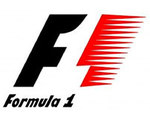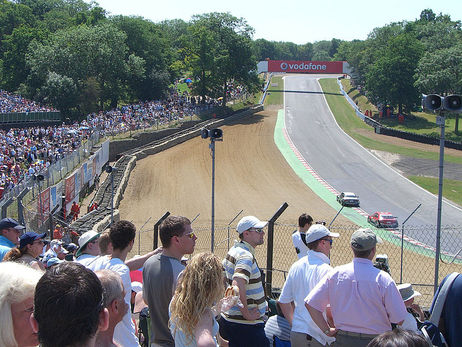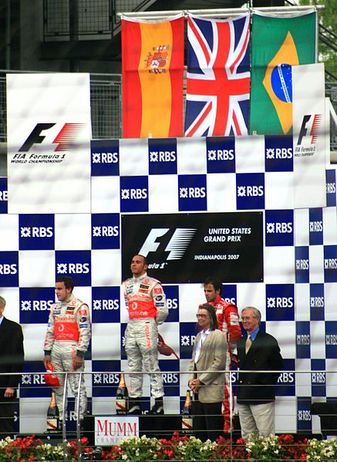How the Crowd is Giving Formula One Technology a Boost
Published Nov-02-15Breakthrough:
Novel uses of data to improve driver telemetry during Formula 1 races.
Company:
Formula One/Tata Communicatations, India
The Story:
 Formula 1 is the world's premier motor sport for the skill and bravery of its drivers and the brilliance of its technology. In recent years, the motor sport has been engaging fans and other members of the public in an open innovation competition. The aim is to discover smart uses for new technologies. This is the F1 Connectivity Innovation Prize which is held in conjunction with Tata Communications, the official connectivity provider of Formula 1.
Formula 1 is the world's premier motor sport for the skill and bravery of its drivers and the brilliance of its technology. In recent years, the motor sport has been engaging fans and other members of the public in an open innovation competition. The aim is to discover smart uses for new technologies. This is the F1 Connectivity Innovation Prize which is held in conjunction with Tata Communications, the official connectivity provider of Formula 1.Making Life Easier for Drivers
The 2015 contest was divided into two challenges with up to $50,000 available in prize money. The first challenge was to design a new way of displaying live critical race car telemetry and sensor data, such as airflow, temperature dynamics, tire degradation and oil temperature. Supplying key metrics in an easy digestible form gives drivers important information that allows them to make instant decisions during a race.
Drivers and their teams need to be on top of the data, and there is a lot of it in Formula 1. For example, each car has more than 200 sensors that track a variety of performance parameters.
Analyzing all the information can be time consuming, and anything that can save time during a race is of paramount importance.
"Put simply, making quick, accurate decisions based on clearly presented data can make the difference between winning and losing a Grand Prix," said former Formula 1 driver David Coulthard.
Predicting Race Outcomes
The second challenge sought a prediction tool that would ask race fans to predict how each Grand Prix will unfold based on data from practice sessions and race conditions.
Both open innovation challenges drew a massive response from all over the world, and the submissions were pored over by a judging panel that included three-time Formula 1 World Champion Lewis Hamilton, technical bosses and Formula 1 commentator Martin Brundle.
The three winners of the first challenge were:
• Databricks by Ravi Sawhney and Svetlana Sawhney, UK: Clean and effective visualization
combined with machine learning. Databricks present such variables as speed in a range of
graphical, brick-like formats. The app can also learn from what has happened to a driver in the
exact same position in previous races held under similar conditions.
• A new Graphic User Interface system by Marco EinÖder and Leire Apraiz, Spain: Uses high-
impact colors and two different block types for key variables and main data points.
• Signals and Streams by Paul Clarke, Australia: Combining traditional web technologies and
state-of-the-art protocols to bring data insights in real time. An artificial analyst called ARROW
helps the team make sense of the data.
Three winning submissions were also selected for the second challenge. They were:
• The F1 Prediction Application by Uros Strel Lencic and Andrew Fox, UK: while a race is in
progress fans would be able to monitor their predictions against the real-time action unfolding
on the track.
• The Formula 1 Virtual Championship (F1VC) application by Sandrine Partridge and John A
Vasilakos, US: Uses predictive analysis and gamification to boost fan engagement.
• The Prixdictor App by Giovanni Tomasello and Anthony Sapountzis and Andrew Romeo,
Australia: Fans are awarded points throughout the race for the accuracy of their predictions.
Overall Winner
The overall winner of the F1 Connectivity Innovation Prize will be announced at the end of the 2015 F1 season.
Next Story »


